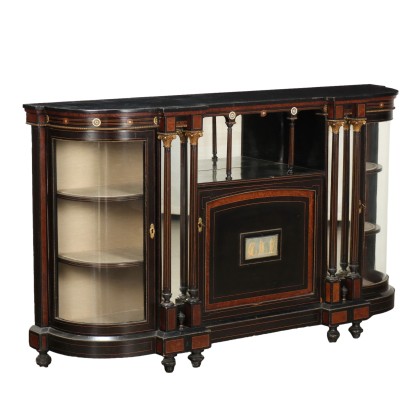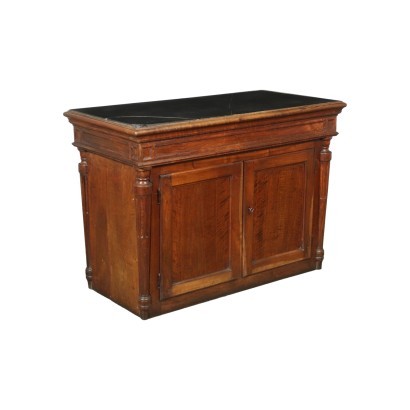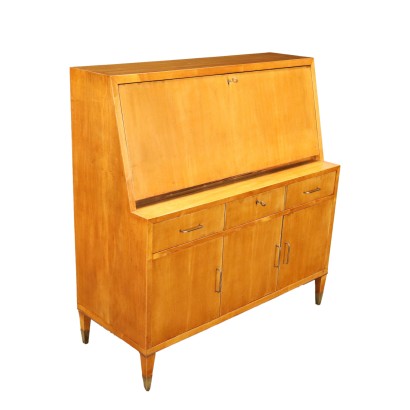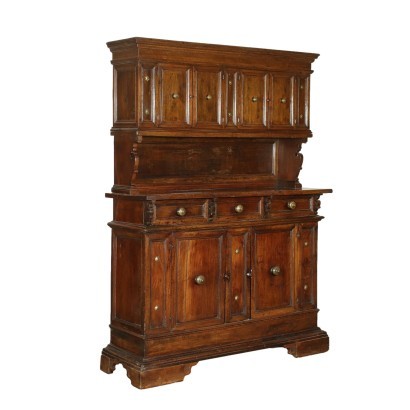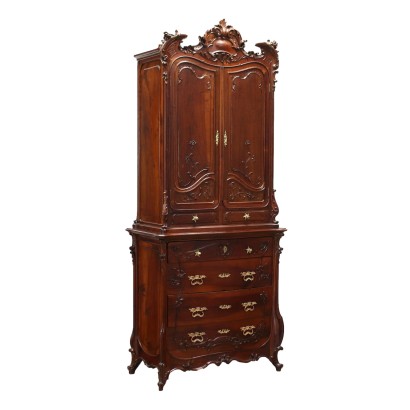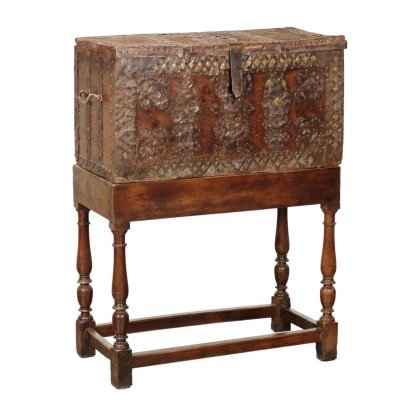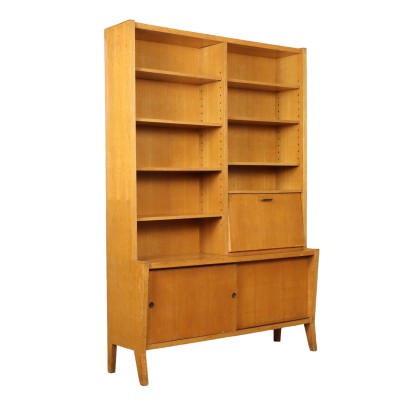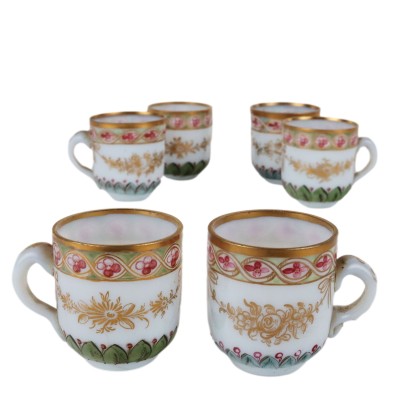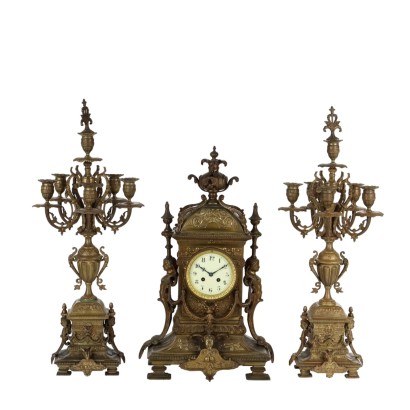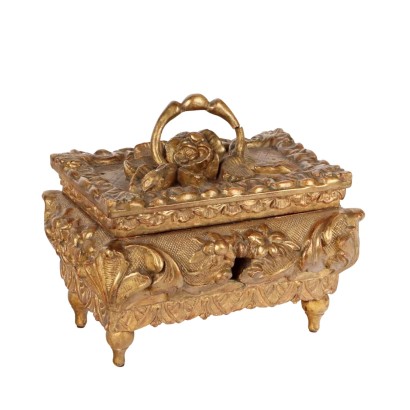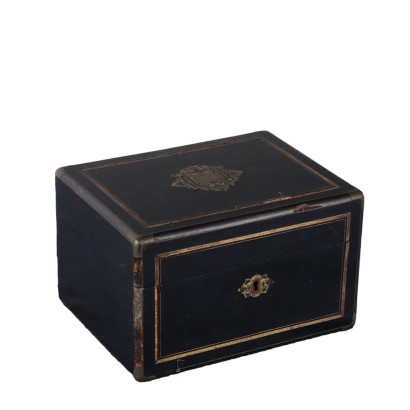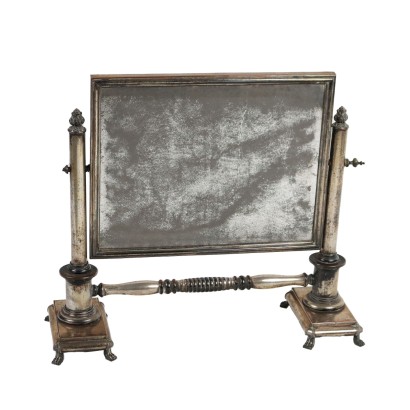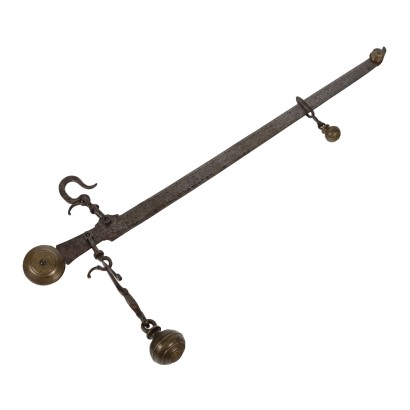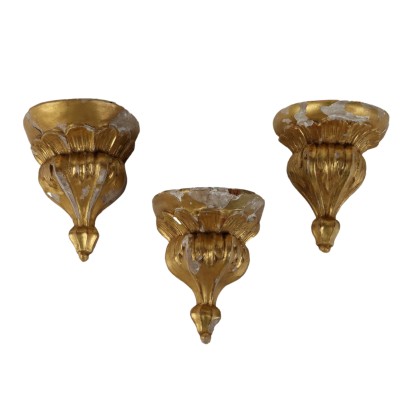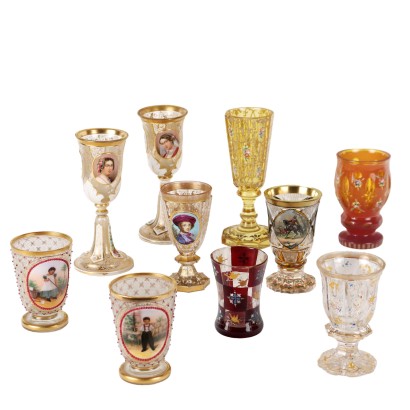Louis Philippe Notchboard Walnut Italy XIX Century - Mantua Second Fourth XIX Century
Features
Mantua Second Fourth XIX Century
Style: Louis Philippe (1830-1848)
Age: 19th Century / 1801 - 1900
Origin: Mantova, Italy
Main essence: Silver Fir , Walnut
Description
Louis Philippe notched sideboard in walnut, Mantua second quarter of the 19th century. Undertop band with 1 drawer on the front and 2 on the sides, uprights at forty-five degrees with twisted columns, 4 paneled doors, 2 of which in walnut pedules, spinning top feet. Spruce interior.
Product Condition:
Product that due to age and wear requires restoration and resumption of polishing.
Dimensions (cm):
Height: 115
Width: 210
Depth: 61
Additional Information
Style: Louis Philippe (1830-1848)
The Louis Philippe style developed in a context characterized by two main factors: the expansion of the bourgeoisie and the advent of the industrialization of production processes.
This style therefore faces the decline of artisans and the new needs for economy and comfort.
Aesthetically, it takes elements from the past, especially from the Gothic and Renaissance, preferring very curved shapes for the backrests of the seats, roe deer legs and feet, with a very rich decoration.
It mainly uses dark woods: ebony, rosewood and mahogany, combined for contrast with light elements.
Find out more with our insights:
The Louis Philippe style
Classic Monday: Louis Philippe and Umbertina consoles compared
The Austrian taste of Baroque
History of Louis Philippe furniture
The Umbertino style
Antiques in Lombardy
The Evolution of the Empire Style












